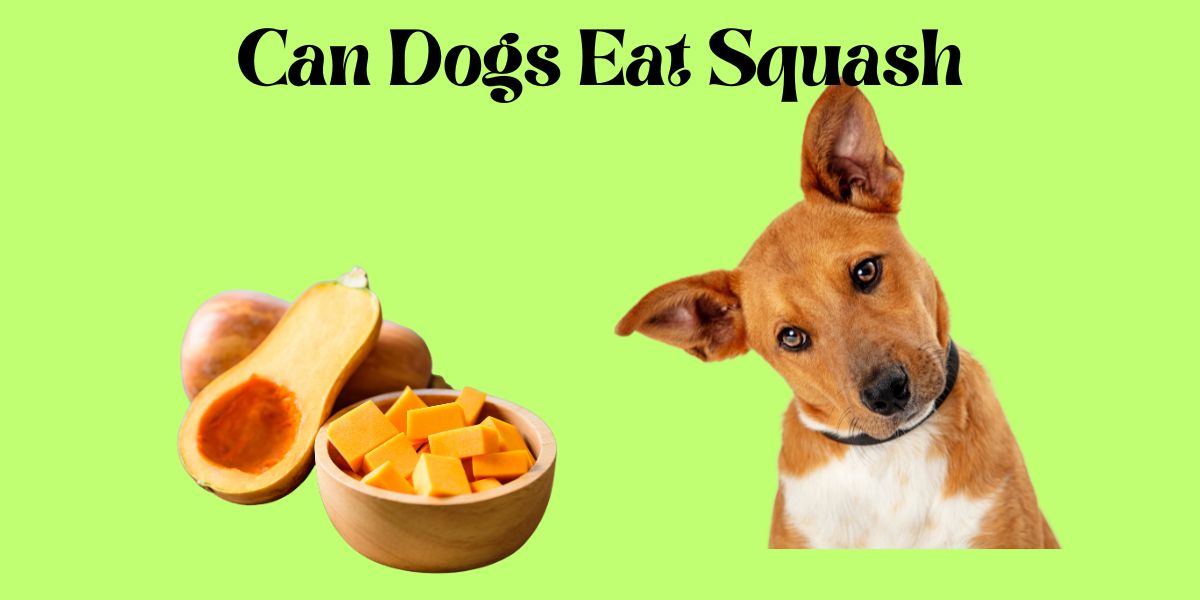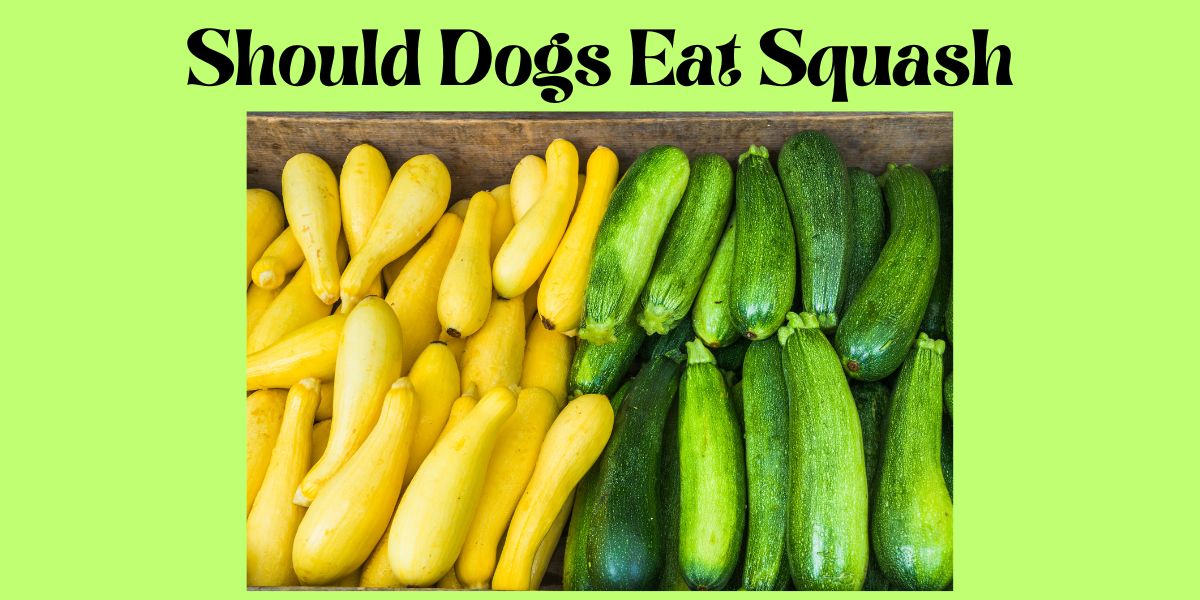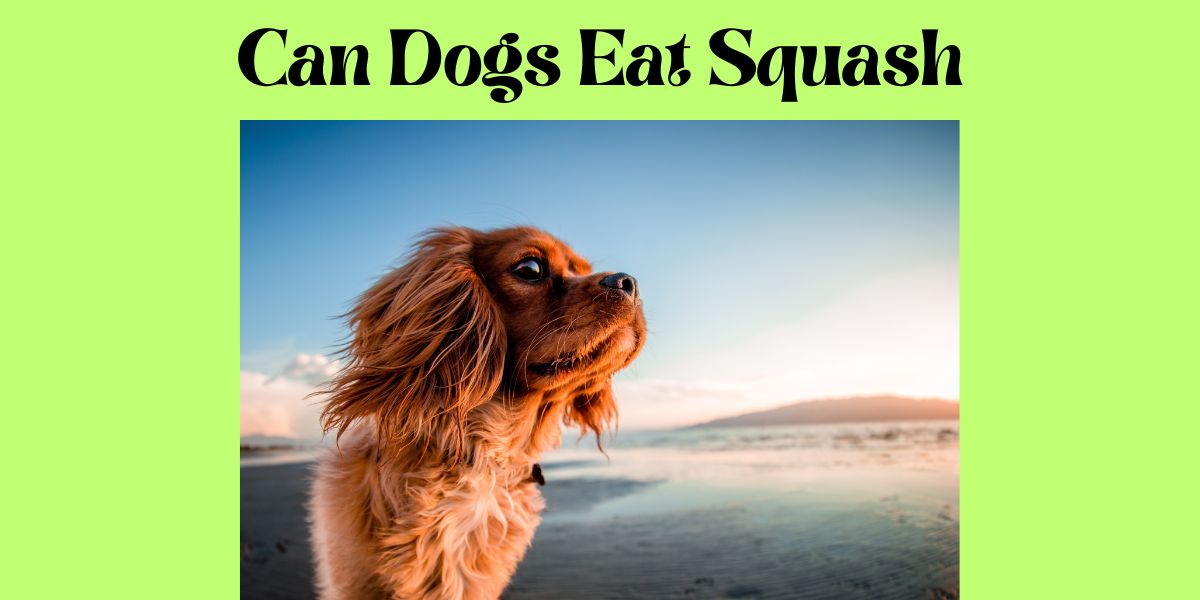Can Dogs Eat Squash: A Guide for Pet Owners

If you’re a pet owner and have ever wondered whether dogs can eat squash, this guide is for you! Squash is a popular vegetable often enjoyed by humans, but it’s important to know if it is safe for our furry friends to consume as well. In this comprehensive guide, we will explore the various types of squash, their nutritional value, and whether or not they are suitable for your canine companion. So, before you let your four-legged friend sneak a bite, let’s find out if dogs can indeed eat squash.
Can Dogs Eat Squash?
If you’ve ever wondered whether or not your furry friend can enjoy the deliciousness of squash, you’re in luck! Dogs can indeed eat squash and it can be a tasty and nutritious addition to their diet. However, it’s important to understand the different types of squash, the nutritional benefits, any risks or precautions involved, and how to properly prepare and feed squash to your dog. So let’s dive into the world of squash and explore everything you need to know.
Types of Squash
Before we delve into the nutritional benefits and risks, let’s take a look at the various types of squash that are safe for dogs to eat:
Butternut Squash
Butternut squash is a popular choice for both humans and dogs. It has a sweet and nutty flavor that dogs often find irresistible. It’s packed with vitamins A, C, and E, as well as fiber and potassium.
Acorn Squash
Acorn squash is another great option for your furry friend. It provides a good source of vitamins C and B6, as well as beneficial antioxidants. The slightly sweet and nutty flavor is sure to please your pup’s taste buds.
Spaghetti Squash
Spaghetti squash is a unique variety that, when cooked, produces strands that resemble spaghetti. It’s low in calories and offers vitamins A and C, as well as fiber. This squash can be a fun and healthy alternative to traditional pasta for your dog.
Yellow Squash
Yellow squash is a mild and versatile type of squash that dogs can enjoy. It contains vitamins A, C, and B6, along with potassium and fiber. Its soft texture makes it easy for dogs to consume.
Zucchini
Zucchini is a summer squash that is safe for dogs to eat. It provides vitamins A and C, as well as folate and potassium. The mild taste and tender texture make it a great addition to your dog’s diet.

Nutritional Benefits of Squash for Dogs
Squash is not only delicious but also offers a range of nutritional benefits for our furry friends. Here are some of the key reasons why squash can be a great addition to your dog’s diet:
Vitamins and Minerals in Squash
Squash is rich in various vitamins and minerals that are essential for your dog’s overall health and well-being. Vitamins such as A, C, and E contribute to a strong immune system and healthy skin and coat. Minerals like potassium and magnesium support proper muscle function and heart health.
High Fiber Content
Fiber is an important nutrient for maintaining a healthy digestive system in dogs. Squash contains a significant amount of dietary fiber, which aids in digestion and can help prevent constipation. Additionally, the fiber in squash can provide a feeling of fullness, which may benefit dogs who need help managing their weight.
Anti-Inflammatory Properties
Certain types of squash, especially those with vibrant colors like butternut squash and acorn squash, contain antioxidants and anti-inflammatory compounds. These properties can help reduce inflammation and promote overall wellness in your dog’s body.
Weight Management Support
If your dog needs to shed a few pounds or maintain a healthy weight, squash can be a beneficial addition to their diet. Squash is low in calories and high in fiber, making it a filling and nutritious choice. It can help your pup feel satisfied without consuming excessive calories.
Risks and Precautions
While squash can provide numerous health benefits for dogs, it’s essential to be aware of potential risks and take necessary precautions. Here are a few things to consider:
Possible Allergic Reactions
While allergies to squash are relatively rare in dogs, they can occur. If your dog has an allergic reaction after consuming squash, such as itching, swelling, or gastrointestinal distress, it’s best to consult with your veterinarian to determine the cause and address any concerns.
Digestive Issues
Introducing any new food into your dog’s diet can potentially cause digestive issues. When feeding squash for the first time, start with small amounts and monitor your dog for any signs of gastrointestinal upset, such as diarrhea or vomiting. If your dog experiences consistent digestive issues, it’s advisable to consult with your veterinarian.
Potential Choking Hazard
Squash seeds can pose a choking hazard to dogs, especially smaller breeds or those prone to inhaling their food. Always make sure to remove the seeds and any large or tough pieces of skin before feeding squash to your dog. This will help prevent any choking incidents and ensure your dog can safely enjoy their meal.
Overconsumption Risks
While squash is generally safe for dogs to eat, moderation is key. Feeding large amounts of squash can lead to an upset stomach or diarrhea. It’s important to remember that squash should be just one component of a balanced dog diet and not the main course. Always consult with your veterinarian regarding the appropriate portion sizes for your dog.

Preparing Squash for Dogs
Now that you understand the benefits and precautions, let’s talk about how to prepare squash for your dog:
Washing the Squash
It’s important to give the squash a thorough wash before preparing it for your dog. This will help remove any potential dirt, pesticides, or other contaminants that may be on the surface.
Removing Seeds and Skin
As previously mentioned, squash seeds can be a choking hazard for dogs. Carefully cut the squash in half and use a spoon to scoop out the seeds and discard them. Additionally, remove any tough or thick skin, as it may be difficult for your dog to chew and digest.
Cooking Methods
There are a few different ways you can cook squash for your dog. One option is to steam or boil it until tender. Another method is baking, which can help retain the natural flavors. Make sure to avoid using any seasonings or spices that may be harmful to dogs, such as onion or garlic powder.
Feeding Squash to Dogs
Once you’ve prepared the squash, it’s time to feed it to your dog. Follow these guidelines for a safe and enjoyable experience:
Introducing Squash to Your Dog’s Diet
When introducing squash to your dog’s diet for the first time, start with small amounts and observe their reaction. Monitor for any signs of allergies or digestive issues. Gradually increase the portion size over time if your dog tolerates squash well.
Portion Control
As with any food, portion control is crucial. The appropriate portion size of squash will depend on your dog’s size, age, and overall dietary needs. Consult with your veterinarian to determine the right amount of squash to incorporate into your dog’s meals.
Mixing Squash with Regular Dog Food
One way to incorporate squash into your dog’s diet is by mixing it with their regular dog food. You can either mash or blend the cooked squash and mix it with their kibble or canned food. This will add flavor, texture, and nutritional value to their meals.

Squash Recipes for Dogs
If you’re feeling adventurous and want to try some delicious homemade squash recipes for your dog, here are a few ideas:
Simple Baked Squash
Preheat your oven to 400°F (200°C). Cut the chosen squash into small cubes and place them on a baking sheet lined with parchment paper. Bake for approximately 20-30 minutes or until tender. Once cooled, you can serve the baked squash as a tasty and healthy treat for your dog.
Squash and Turkey Meatballs
In a bowl, combine ground turkey, shredded cooked squash, and a beaten egg. Mix well and shape the mixture into small meatballs. Place the meatballs on a baking sheet and bake at 350°F (180°C) for about 25-30 minutes or until fully cooked. These meatballs can be a nutritious and flavorful addition to your dog’s mealtime.
Squash and Chicken Stew
In a slow cooker or a large pot, combine diced chicken, peeled and chopped squash, and enough water or low-sodium chicken broth to cover the ingredients. Cook on low heat for several hours until the chicken is cooked thoroughly, and the squash is tender. Allow the stew to cool and serve it to your dog in portions suitable for their size and dietary needs. This hearty stew will surely tempt your dog’s taste buds.
Other Vegetables Safe for Dogs to Eat
In addition to squash, there are several other vegetables that are safe and beneficial for dogs to consume. Here are a few examples:
Carrots
Carrots are a crunchy and nutritious vegetable that dogs love. They are low in calories and high in vitamins A and C, as well as fiber. Carrots can make a great snack or a healthy addition to your dog’s meals.
Sweet Potatoes
Sweet potatoes are another veggie powerhouse for dogs. They are packed with vitamins A and C, as well as dietary fiber. You can cook or steam them before serving, and they can be a popular ingredient in homemade dog treats.
Green Beans
Green beans are an excellent source of vitamins K and C for dogs. They are low in calories and high in fiber, making them a healthy and satisfying snack. Make sure to avoid canned green beans seasoned with salt or other harmful additives.
Peas
Peas are small but mighty in terms of their nutritional value. They contain vitamins A, B, and K, and are a rich source of plant-based protein. You can serve cooked peas as a treat or incorporate them into your dog’s meals.
Vegetables Toxic to Dogs
While many vegetables are safe for dogs, some should be avoided entirely. Here are a few vegetables that are toxic to dogs:
Onions
Onions, including all forms (raw, cooked, powdered, or dehydrated), contain compounds that can damage a dog’s red blood cells. Even small amounts of onions can lead to symptoms such as weakness, vomiting, and eventual anemia.
Garlic
Garlic is closely related to onions and can have similar toxic effects on dogs. It can disrupt their red blood cells, leading to anemia. It’s best to avoid feeding any form of garlic to your furry friend.
Tomatoes
While ripe tomatoes in moderate amounts may not cause harm, the green parts of the tomato plant, including the stems and leaves, contain a toxin called solanine. This toxin can cause gastrointestinal upset and even more severe symptoms in some dogs.
Mushrooms
While not technically a vegetable, mushrooms can be toxic to dogs, particularly wild mushrooms. Certain species can cause severe symptoms, including digestive issues, liver damage, and even organ failure. It’s imperative to keep mushrooms out of your dog’s reach.
FAQs about Dogs and Squash
Here are answers to some commonly asked questions about dogs and squash:
1. Can dogs eat squash seeds?
It’s best to remove the seeds from squash before feeding it to your dog. The seeds can pose a choking hazard, and some may be difficult for dogs to digest. It’s safer to offer your pup the flesh of the squash without the seeds.
2. Is raw squash safe for dogs to eat?
Raw squash is generally safe for dogs to eat, but some dogs may have difficulty digesting it. Cooking the squash can make it easier for dogs to consume and digest while also enhancing the flavor.
3. Can squash be a regular part of my dog’s diet?
Yes, squash can be a regular addition to your dog’s diet, but it should not be the main source of nutrition. It’s important to feed them a balanced diet that includes a variety of foods to ensure they receive all the necessary nutrients.
4. Can dogs with weight issues eat squash?
Yes, dogs with weight issues can still enjoy squash as part of their diet. Squash is low in calories and high in fiber, making it a suitable choice to help them feel full without consuming excessive calories. However, always consult with your veterinarian to determine the appropriate portion sizes for your dog.
Conclusion
In conclusion, dogs can safely eat squash and benefit from its nutritional value. The different types of squash, such as butternut squash, acorn squash, spaghetti squash, yellow squash, and zucchini, offer various vitamins, minerals, and fiber that support your dog’s overall health. However, it’s essential to remove the seeds and skin, cook the squash to make it easier to digest, and practice portion control. Additionally, be aware of potential risks and avoid feeding your dog any toxic vegetables like onions, garlic, tomatoes, or mushrooms. Squash can be a delicious and healthy addition to your dog’s diet when prepared and fed responsibly. So go ahead, share the joy of squash with your furry friend!